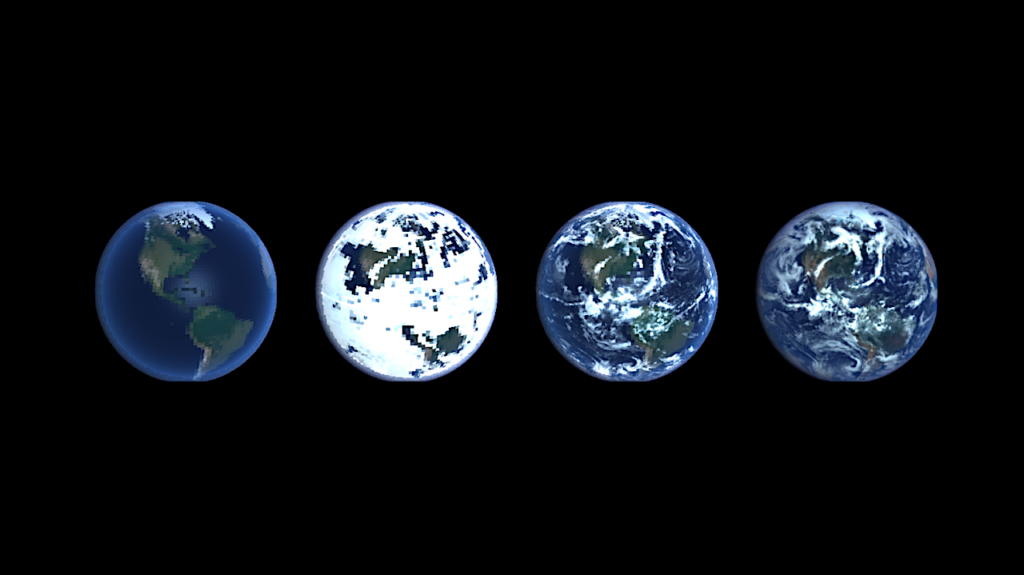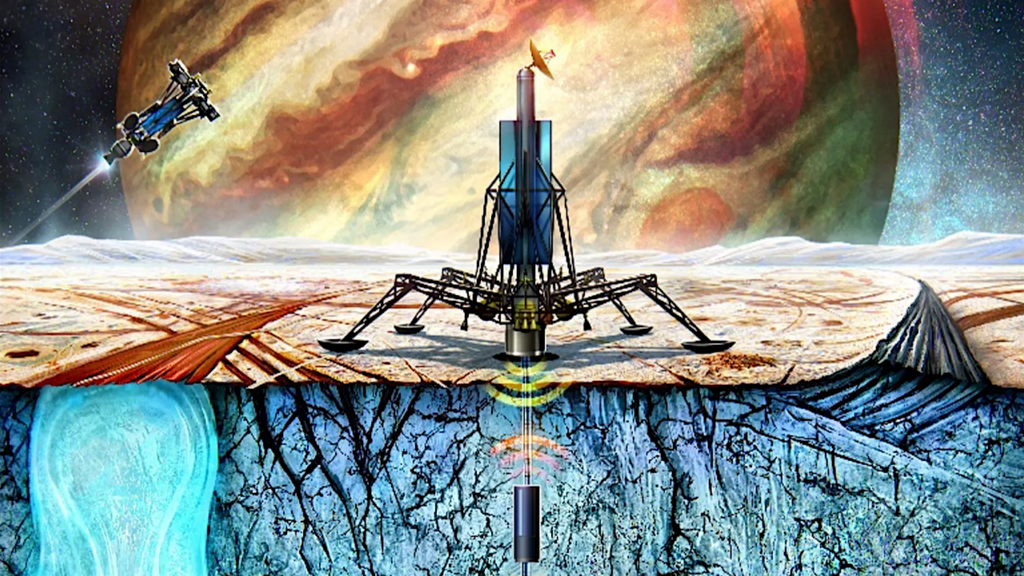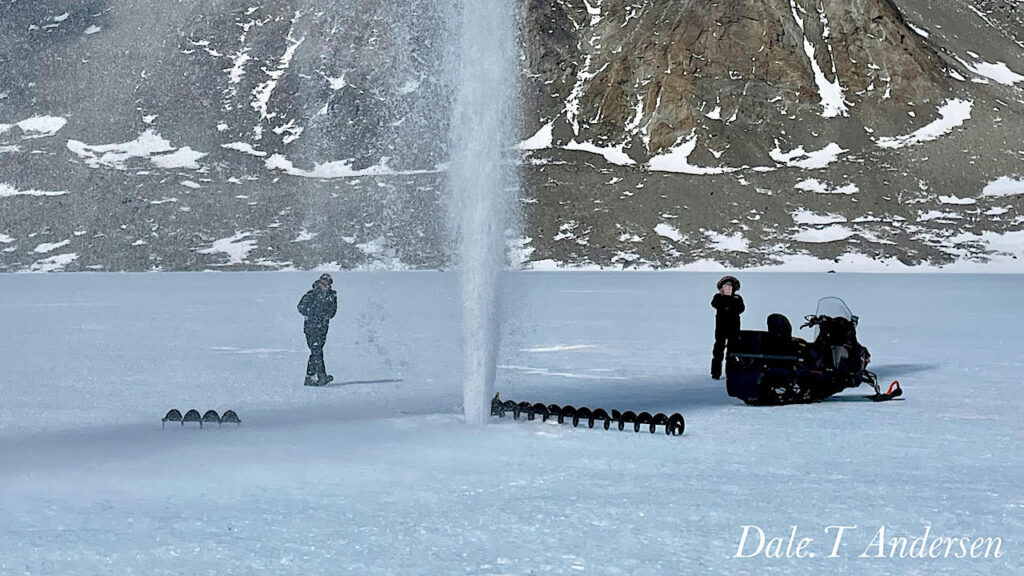The Early Earth As An Analogue For Exoplanetary Biogeochemistry

Planet Earth has evolved from an entirely anoxic planet with possibly a different tectonic regime to the oxygenated world with horizontal plate tectonics that we know today.
For most of this time, Earth has been inhabited by a purely microbial biosphere albeit with seemingly increasing complexity over time. A rich record of this geobiological evolution over most of Earth’s history provides insights into the remote detectability of microbial life under a variety of planetary conditions.

Inorganic (carbonate) and organic carbon isotopes versus age in millions of years, starting near the formation of Earth. Database taken from Krissansen-Totton et al. (2015), who presented each geological formation by its average composition. The oldest data point at 3.8 Ga is from the Isua Supracrustal Belt (see below) and also marks one of the oldest occurrences of meta-sedimentary rocks on Earth. No rocks are preserved from the Hadean Eon due to tectonic recycling and destruction by impacts. — astro-ph.EP
We leverage Earth’s geobiological record with the aim of a) illustrating the current state of knowledge and key knowledge gaps about the early Earth as a reference point in exoplanet science research; b) compiling biotic and abiotic mechanisms that controlled the evolution of the atmosphere over time; and c) reviewing current constraints on the detectability of Earth’s early biosphere with state-of-the-art telescope technology.
We highlight that life may have originated on a planet with a different tectonic regime and strong hydrothermal activity, and under these conditions, biogenic CH4 gas was perhaps the most detectable atmospheric biosignature. Oxygenic photosynthesis, which is responsible for essentially all O2 gas in the modern atmosphere, appears to have emerged concurrently with the establishment of modern plate tectonics and the continental crust, but O2 accumulation to modern levels only occurred late in Earth’s history, perhaps tied to the rise of land plants.
Nutrient limitation in anoxic oceans, promoted by hydrothermal Fe = fluxes, may have limited biological productivity and O2 production. N2O is an alternative biosignature that was perhaps significant on the redox-stratified Proterozoic Earth.
We conclude that the detectability of atmospheric biosignatures on Earth was not only dependent on biological evolution but also strongly controlled by the evolving tectonic context.

Trends in the abundances of major atmospheric gases over Earth’s history (modified after Goldblatt 2017), along with key biological innovations (annotations in green at the bottom) and tectonic regimes (black and gray bars at the top). See text for references. — astro-ph.EP
Eva E. Stüeken, Stephanie L. Olson, Eli Moore, Bradford J. Foley
Comments: Chapter 14 accepted for publication in the Reviews in Mineralogy and Geochemistry (RiMG) Volume 90 on “Exoplanets: Compositions, Mineralogy, and Evolution” edited by Natalie Hinkel, Keith Putirka, and Siyi Xu; 34 pages and 13 figures
Subjects: Earth and Planetary Astrophysics (astro-ph.EP); Solar and Stellar Astrophysics (astro-ph.SR); Geophysics (physics.geo-ph)
Cite as: arXiv:2404.15432 [astro-ph.EP] (or arXiv:2404.15432v1 [astro-ph.EP] for this version)
Submission history
From: Eva E. Stüeken [via Natalie Hinkel as proxy]
[v1] Tue, 23 Apr 2024 18:19:48 UTC (2,058 KB)
https://arxiv.org/abs/2404.15432
Astrobiology








